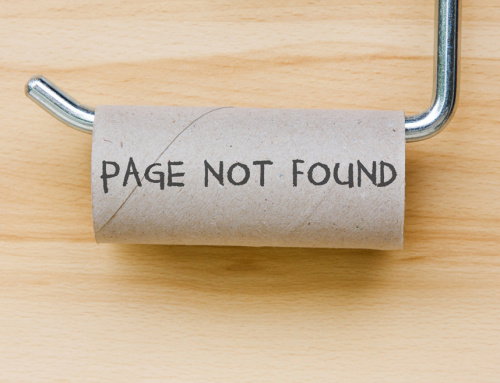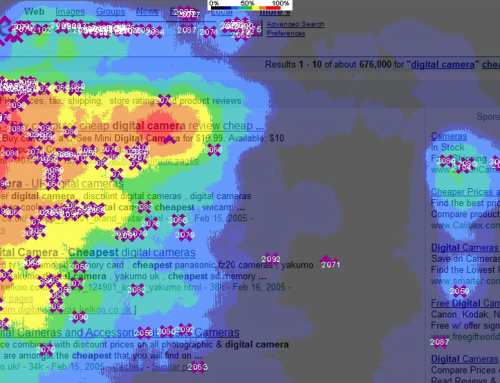Having a high bounce rate on your website is enough to obliterate your online presence; the most damaging effects are perhaps the decreased numbers of return visitors as well as a significant drop in rankings on Google. And we’re sure you don’t want that to happen.
But Wait… What Is Bounce Rate Exactly?
So before we begin with the nitty gritty, here’s the definition: bounce rate is the percentage of single-page sessions. In other words, the % of users that only view one page on your website and then decide to leave.
And Why Does it Matter?
You want you visitors to convert. When they land on your website, you want them to click through to make a purchase, fill in the contact form, or sign up to your services. If they bounce, it means that’s not happening.
While it’s impossible to know why a user has ‘bounced’, it’s usually a negative sign. Namely, that the visitor didn’t find what he or she was expecting or looking for. Another reason could be that your website is simply difficult to use or slow to load. In any case, it’s rarely ever good. Let’s discuss how you can lower your bounce rate and convert your visitors.
Targeted Traffic
While every business owner wants droves of traffic, not every visitor is created equal. Ideally, each person that lands on your website should be interested in what you have to offer. If you specialise in selling deck chairs, for example, you don’t want someone that’s looking for information on dieting. You get the idea.
That’s why it so important that you gear your online strategies towards targeted visitors. There are various ways you can do this, such as doing SEO for researched key phrases that are closely related to your business. You can also create relevant ‘landing pages’ for each visitor type, ensuring that each gets relevant information that’s built to cater to their needs.
Improve Website Usability
Another reason visitors click the back button is usability. Having fantastic content just isn’t going to cut the mustard these days – your site should be snappy, quick, responsive, and easy to navigate. The focus should be on delivering a top-notch visitor experience from top to bottom.
In order to achieve this, think about improving site speed in particular. Slow sites are no longer acceptable. More than just few seconds will have visitors looking for an alternative in a hurry. Optimise the code, improve the server specs (hosting company), and don’t add features that aren’t necessary.
You should also enhance usability by ensuring the layout is easy on the eye, the navigation is logical and obvious, and that text is easy to digest. Break up content by using lists, white space, and images. The main thing to avoid is serving the dreaded ‘wall of text’, with little or no multimedia to speak of.
While these tips are by no means comprehensive, implementing them as part of your overall strategy will improve your chances of lowering that bounce rate. As experience conversion gurus, give us a call and we can help drive your project forward.







Leave A Comment
You must be logged in to post a comment.